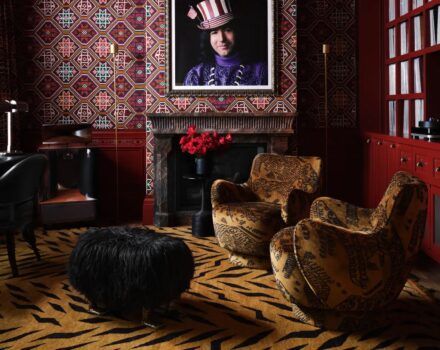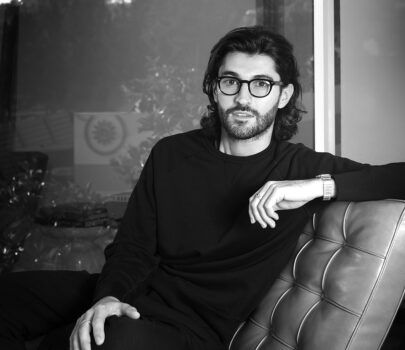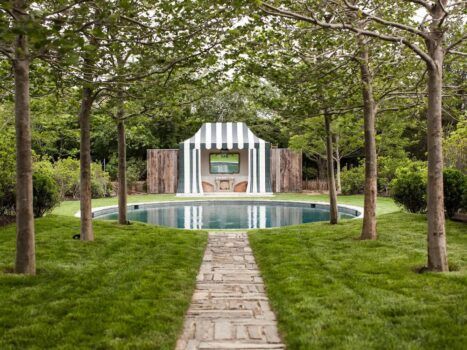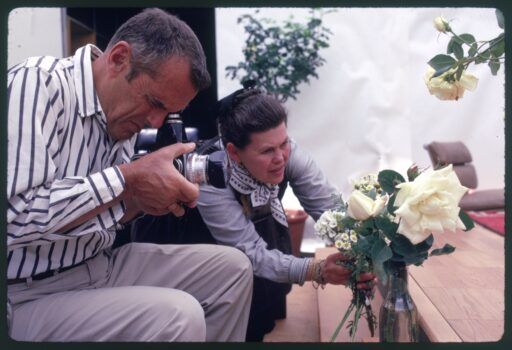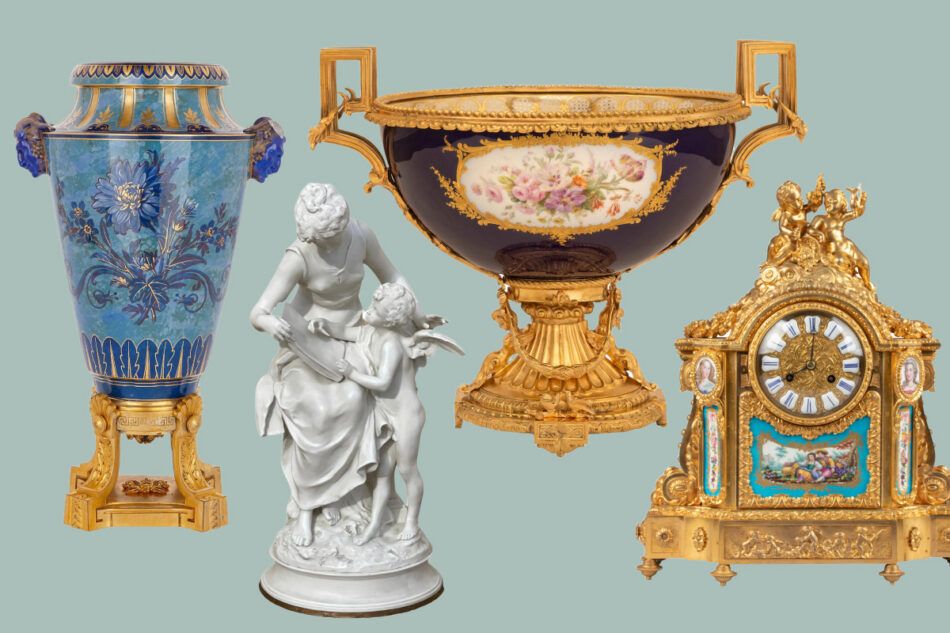
Today, unless you are in the know, you might associate Sèvres porcelain with the 18th-century-style tchotchkes that your grandmother adorned her mantlepiece with in an effort to evoke le goût Rothschild. Although Sèvres has always represented opulence, in truth, the story of the porcelain manufactory is one of groundbreaking artistry and extraordinary technical invention, a testament to France’s exceptional cultural and scientific achievements.
To fully understand the significance of Sèvres, you need to go back to the 16th century, when monarchs were the masters of the universe and the lure of beauty was as powerful a driver of technological advances as profit. At that time, there wasn’t a court in Europe that wasn’t besotted by the splendid delicacy and strength, the luminous whiteness and color of Chinese porcelain.
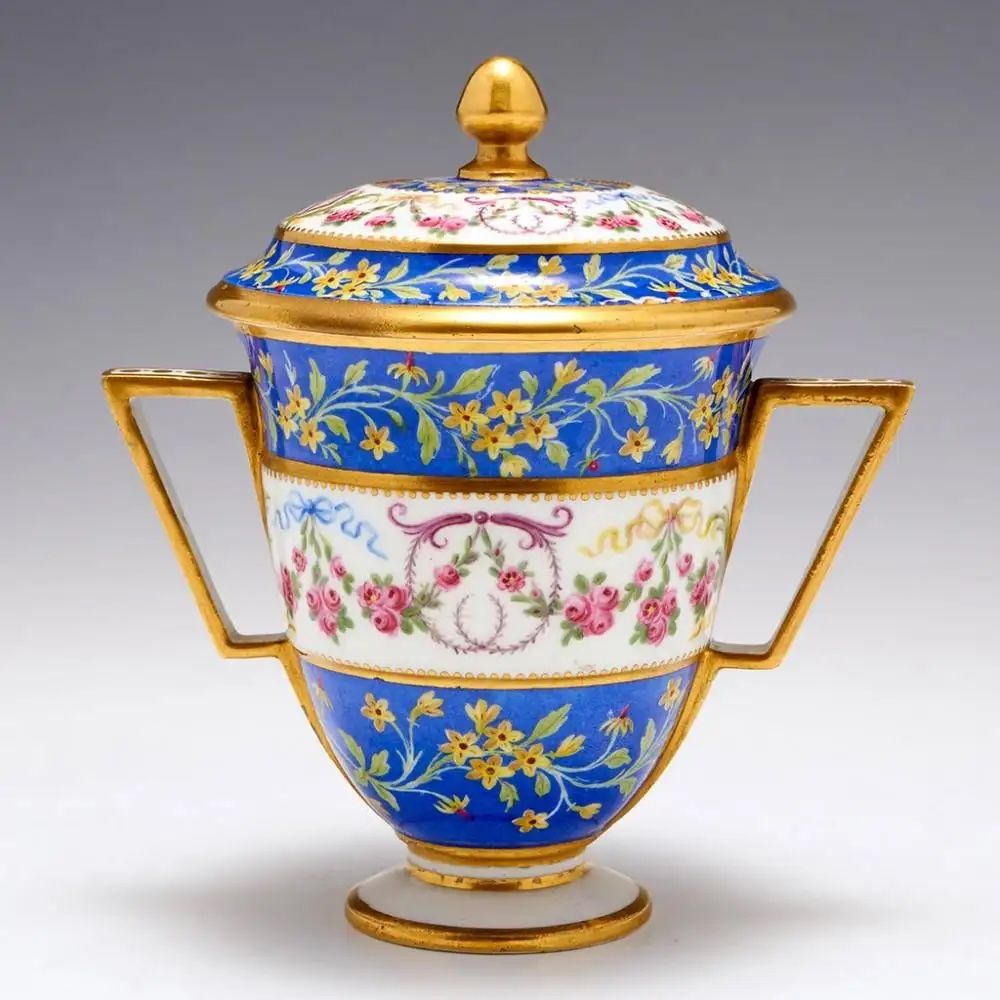
Royals marveled at the way this mysterious material could be modeled into a myriad of enduring shapes and intricately painted forms. Nothing in the West compared, and no Westerner knew the secret of its making. So rare, so remarkable, so covetable and so costly was this ceramic that it was known as “white gold,” and every European ruler was determined to possess its formula.
It wasn’t until early in the 18th century that the recipe for white gold was discovered, fittingly enough, by a German alchemist, which is how the celebrated manufactory of Meissen was established, under the patronage of the Saxon ruler Augustus the Strong. A fine clay called kaolin was the secret ingredient, along with a super-hot kiln. That combination gave ceramics a bright whiteness — as well as superior strength. Accordingly, such pieces are referred to as hard-paste porcelain.
Envious of the exquisite objects Meissen produced for the porcelain-obsessed Augustus and the impressive revenue he received from commissions from other European courts, France’s Louis XV ordered his craftsmen to figure out the recipe however they could.

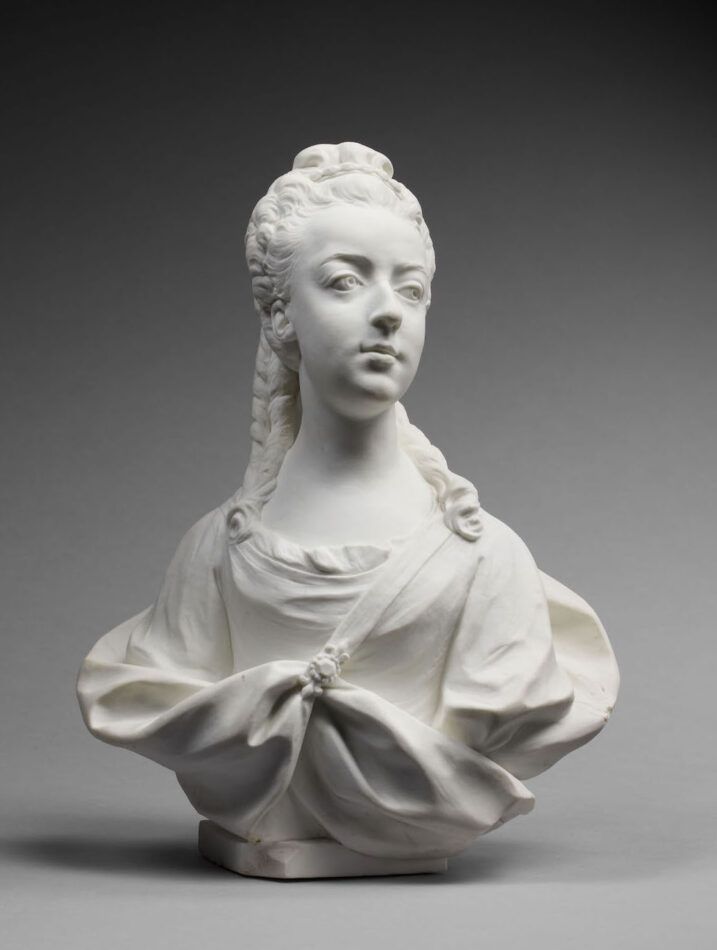
The secret eluded them. Within a few years, however, they had devised their own formula for a lesser-quality but highly moldable ceramic material known as soft-paste porcelain, made of clay and ground-up glass, which resembled the hard-paste version but lacked its strength. In 1738, a manufactory fabricating pieces similar to those of Meissen was established in Vincennes under the king’s patronage.
His mistress, the brilliant tastemaker Madame de Pompadour, became so involved in supervising the manufactory’s production that in 1756 a larger facility was built near her château, in Sèvres. And by enthusiastically commissioning her favorite artist, the court painter François Boucher, to work on a number of pieces, she initiated the Sèvres tradition of collaborations with the day’s most gifted artists and designers. Those talents have since included the likes of Auguste Rodin, Hector Guimard, Émile-Jacques Ruhlmann, Jean Arp, Alexander Calder, Ettore Sottsass, Louise Bourgeois, Yayoi Kusama and Ronan Bouroullec.
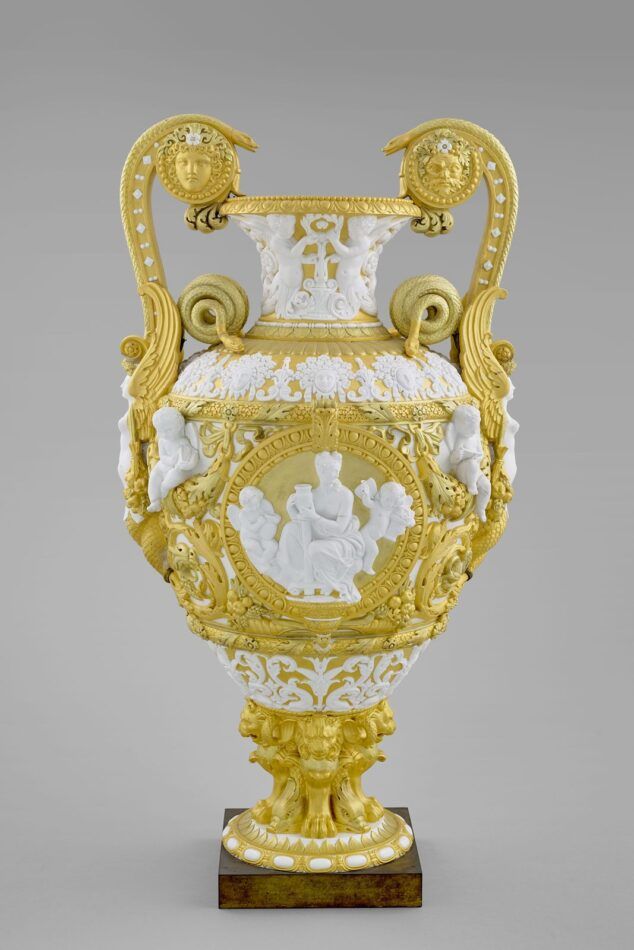
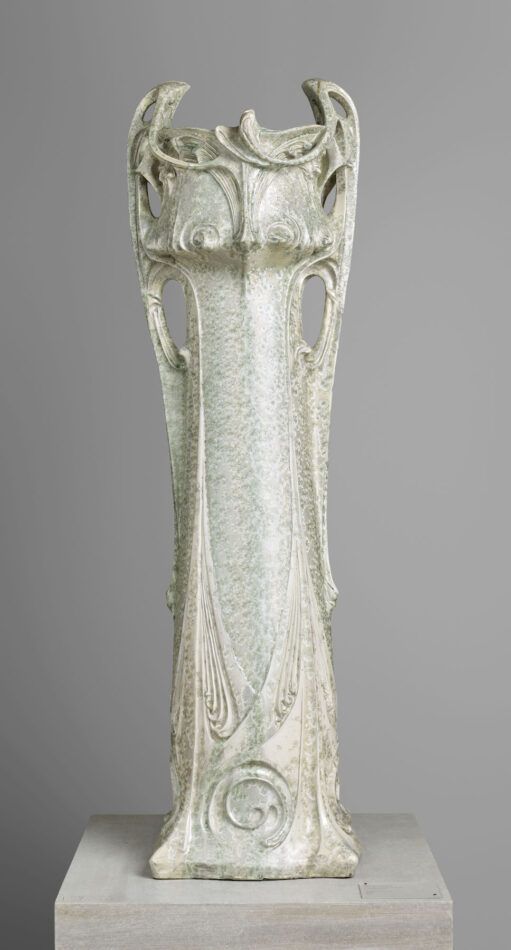
Over the centuries, Sèvres artisans “have continually pushed the boundaries of what is ceramic artistry,” says Susan Weber, the founder and director of the Bard Graduate Center Gallery, on Manhattan’s Upper West Side. “They have created new forms that have responded to the fashions of different times.”
Weber, along with a trio of French experts, has curated the fascinating exhibition “Sèvres Extraordinaire! Sculpture from 1740 until Today,” on view at the gallery September 10 through November 16, 2025 (the works can be experienced via the digital exhibition).
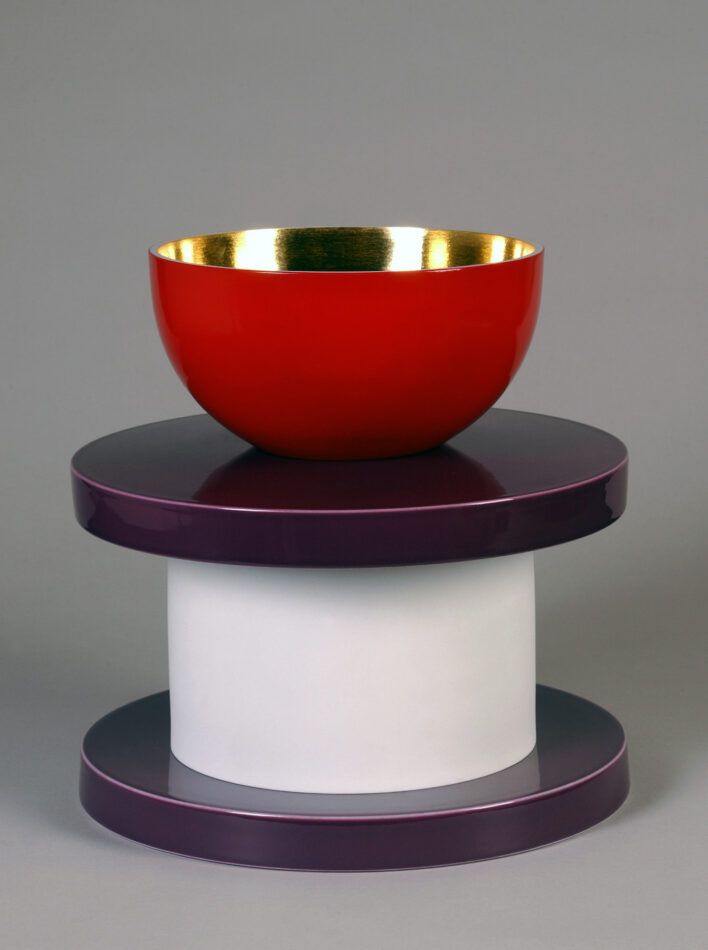
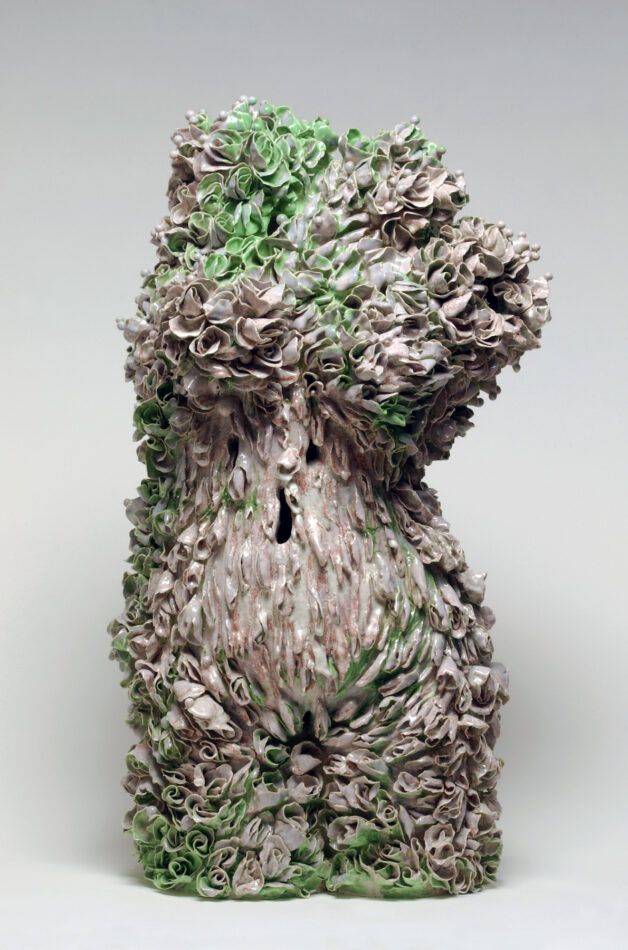
Through 200 striking and diverse ceramic objects, the show recounts how for nearly three centuries, the French state has employed Sèvres’s pioneering creations — deemed sculpture in the broadest sense by the exhibition’s organizers, as many works fall between strict function and mere decoration — as diplomatic tools, impressive symbols of the country’s wealth, skill and refinement. When it came to soft power, France often wielded Sèvres.
Despite her erudition in the realm of ceramics, Weber admits to being surprised by the scope, scale, ambition and ongoing relevance of the manufactory. She marvels at how many different workshops Sèvres has and at its leadership’s early commitment to collecting ceramics. “They recognized how important an understanding of the field’s history was for their growth and for the teaching of their artisans, artists and painters,” she notes. “It’s pretty phenomenal that you’ve got the museum with the factory at Sèvres still functioning today.”
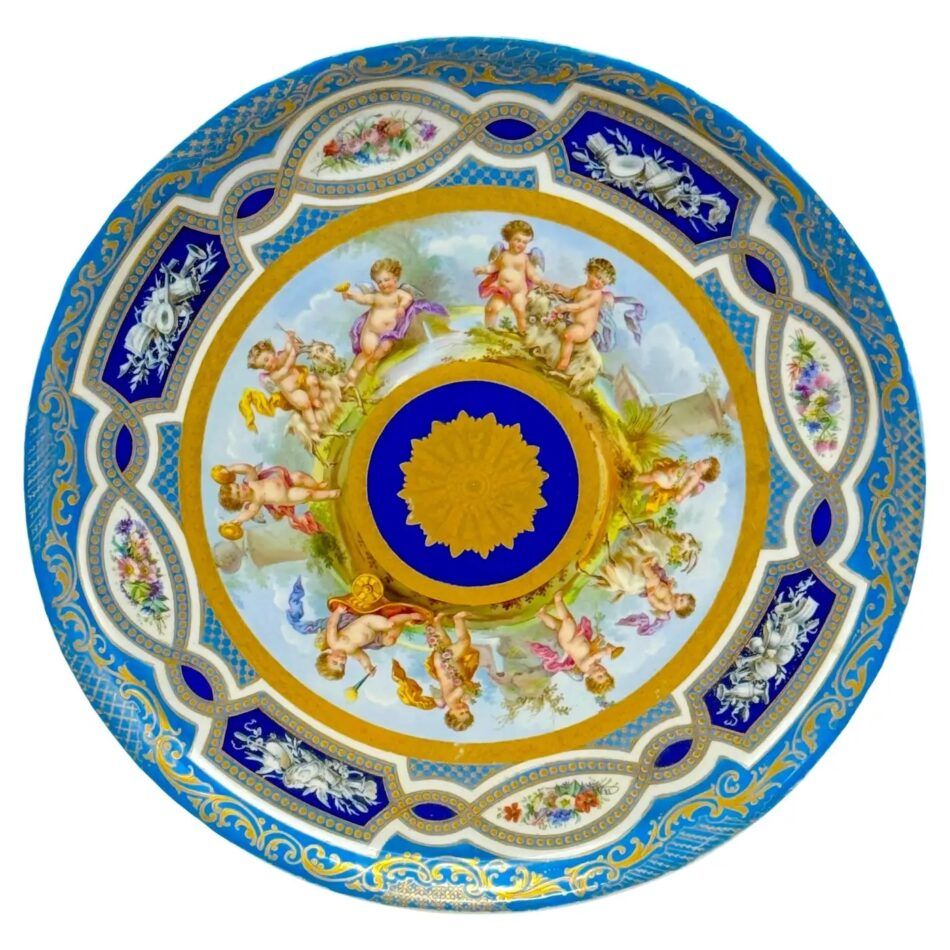
Although its material was inferior to Meissen’s hard paste, Sèvres soon distinguished itself through its artistic and technical trailblazing. It fired unglazed figures to produce a matte-like bisque that resembled marble. It invented distinctive glazes, like the famed Sèvres blue, made with cobalt oxide, and the wildly expensive turquoise bleu céleste. Louis XV ordered the first bleu céleste dinner service with pretty painted flowers and gilding. (Only a king could afford it!) In 2022, a single plate from that service sold for $50,400.
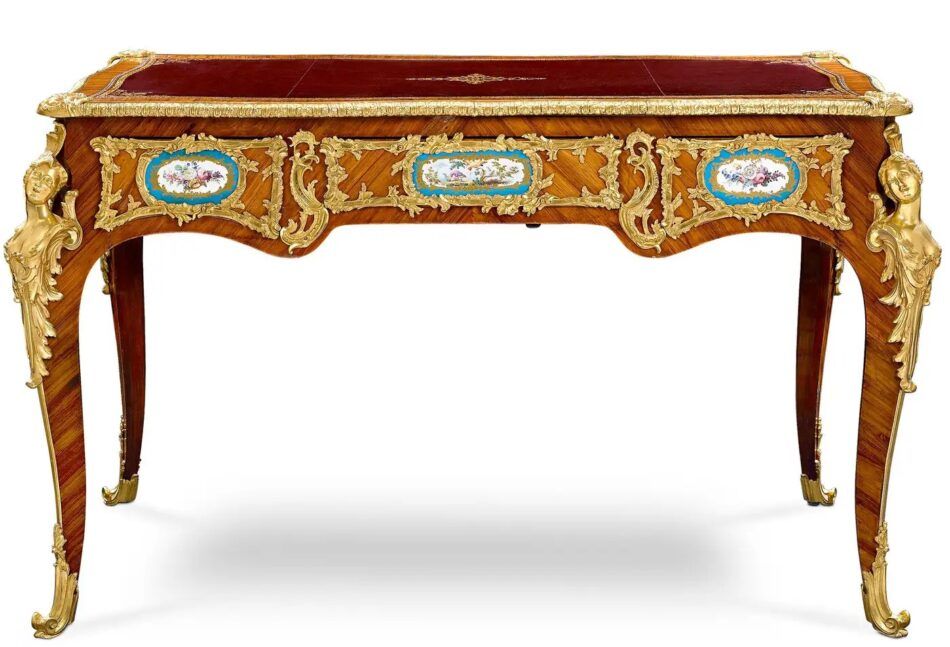
Sèvres also astounded by sculpting delicate flowers and, in collaboration with ébénistes, fabricating furniture adorned with richly illustrated porcelain plaques. Among the most celebrated of its early creations were exotic doubled-headed elephant vases and ship-shaped potpourri containers.
By 1770, the manufactory had determined both the formula for hard-paste porcelain and a local source of kaolin, in Limoges, after which the production of pieces in the superior material commenced in earnest. After the French Revolution, Sèvres struggled to survive. Its fortunes changed, however, with Napoleon’s ascendancy. A virtuoso propagandist, he commissioned the manufactory to produce fresh work to assert his imperial status and promote the triumphs of his reign.
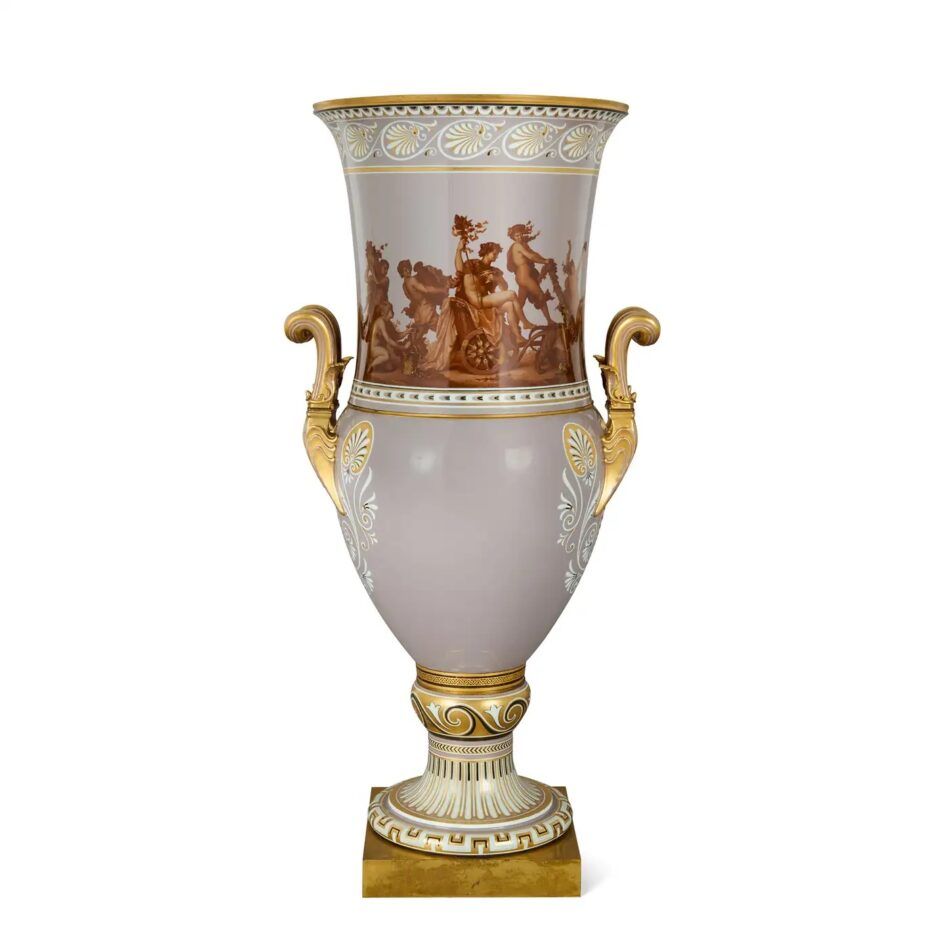
The 19th century proved politically tumultuous for France, yet Sèvres thrived, capturing the public’s attention by producing ever larger pieces — thanks to its construction of six enormous, highly sophisticated kilns — along with novel forms, like reticulated tableware, and new glazes and colors. “People back then weren’t exposed to the many images we are today,” says Jamie Sinai, who, with his father and brother, runs London’s Mayfair Gallery, which boasts one of the world’s best collections of decorative arts from that period. “They didn’t have easily accessible entertainment. So, for them, these works were spellbinding. Studying them was entertainment.”
Mayfair Gallery has recently acquired “a truly exceptional example” of Sèvres, says Sinai: a magnificent neoclassical vase, depicting what appears to be the Greek god Poseidon surrounded by sea nymphs on a mauve ground. Research on the work has just begun, but Sinai believes Sèvres produced this showpiece for the 1878 Paris Exposition. It is a work worthy of a palace, a museum or the home of a discerning collector — enduring proof of the beauty that’s achieved when art and science wed.


